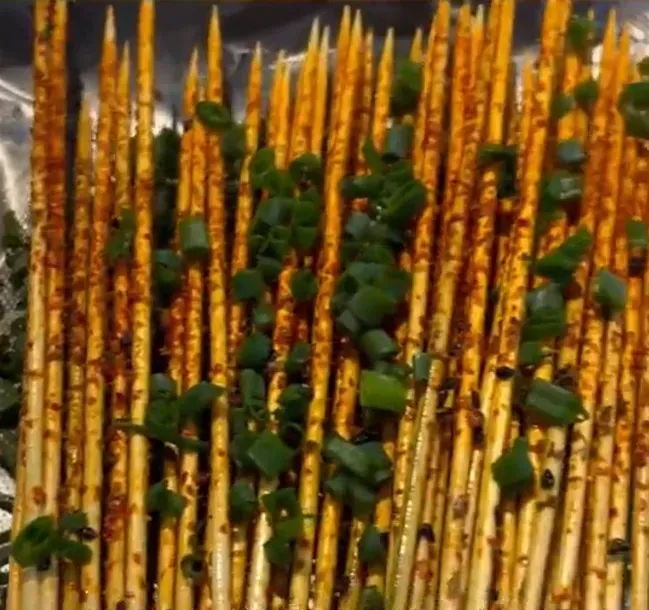The global food crisis is a very serious issue, but professor Ikeda thinks his latest invention, an artificial meat based on protein from human excrement, could be of great help.
The Japanese researcher from the Okayama laboratory says its country has more sewage mud than they can handle, so Tokyo Sewarage asked him to explore its possible use. Knowing the wacky nature of many Japanese scientists, it’s no surprise he came up with a turd burger. During his research, he discovered sewage mud contains a great deal of protein so he began developing a process of extracting that valuable protein and turning it into a viable meat substitute.
Sewage mud is high in protein, because it’s full of bacteria, most of which comes from human feces. However, these microorganisms are harmless, because they are killer by heat during the manufacturing process. According to initial tests, the artificial meat even tastes like beef, thanks to added soy protein, and Ikeda added some red food coloring to give it a more natural look. In terms of nutritive values, the turd burger doesn’t sound bad at all: it’s 63% protein, 25% carbohydrates, 3% lipids and 9% minerals. Read More »



















